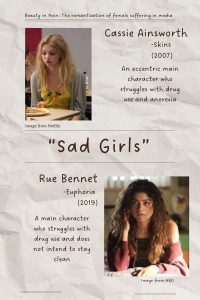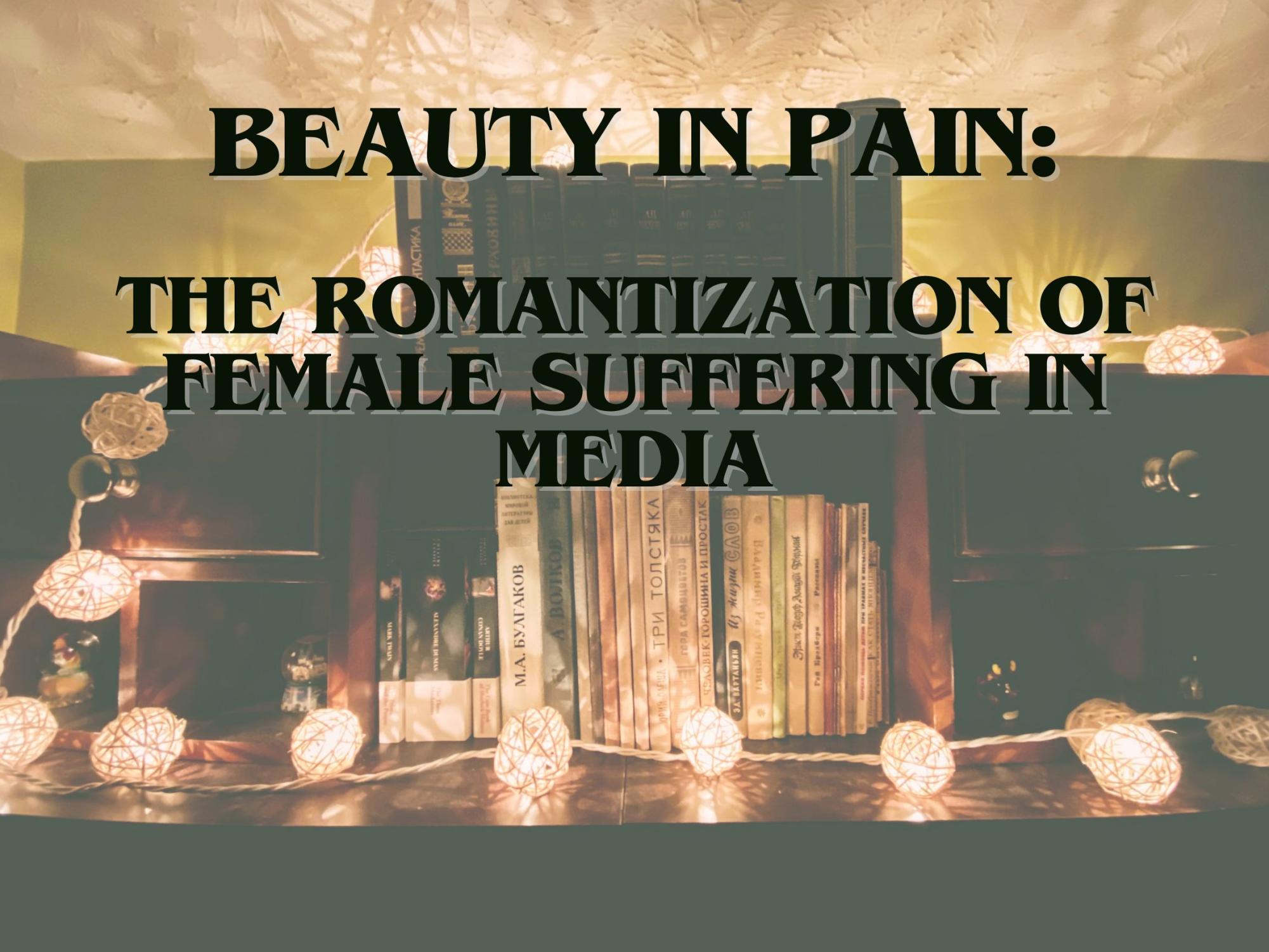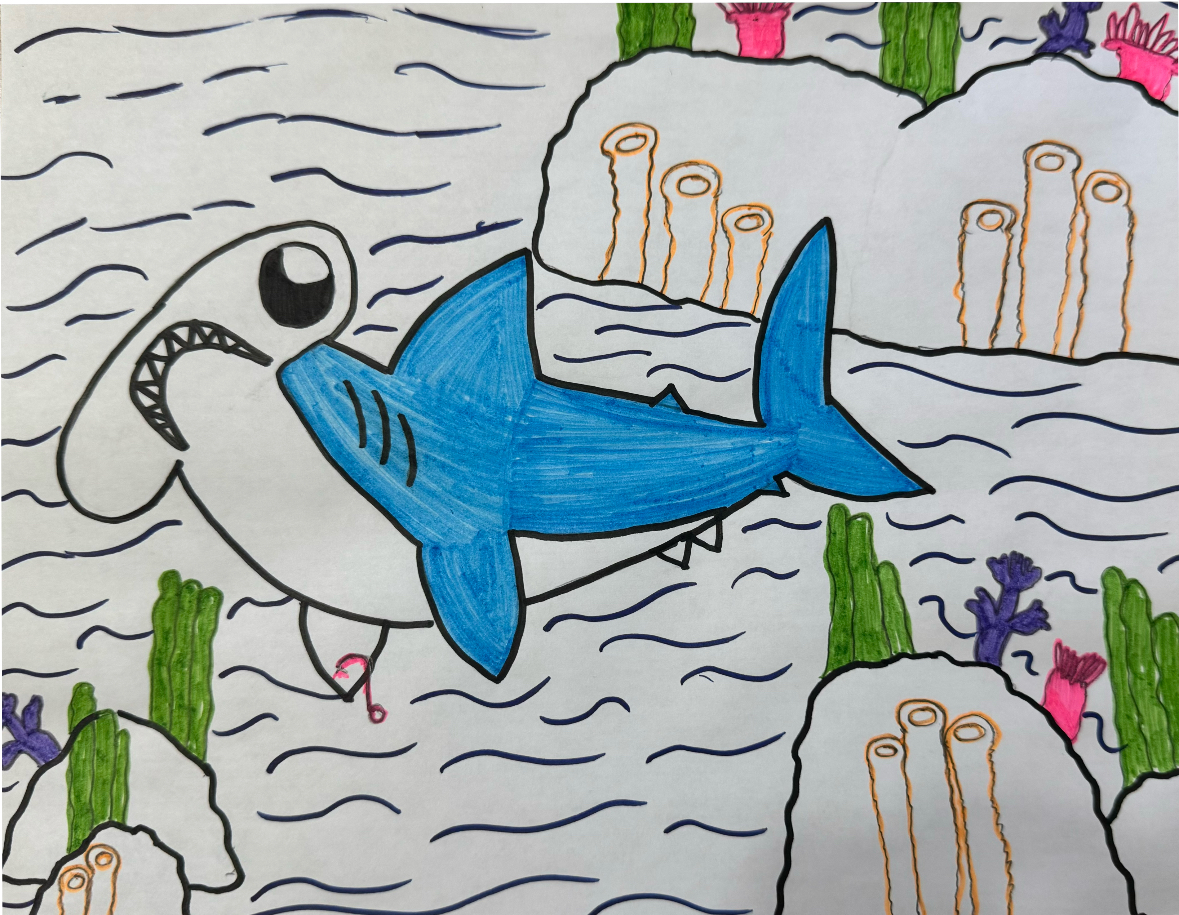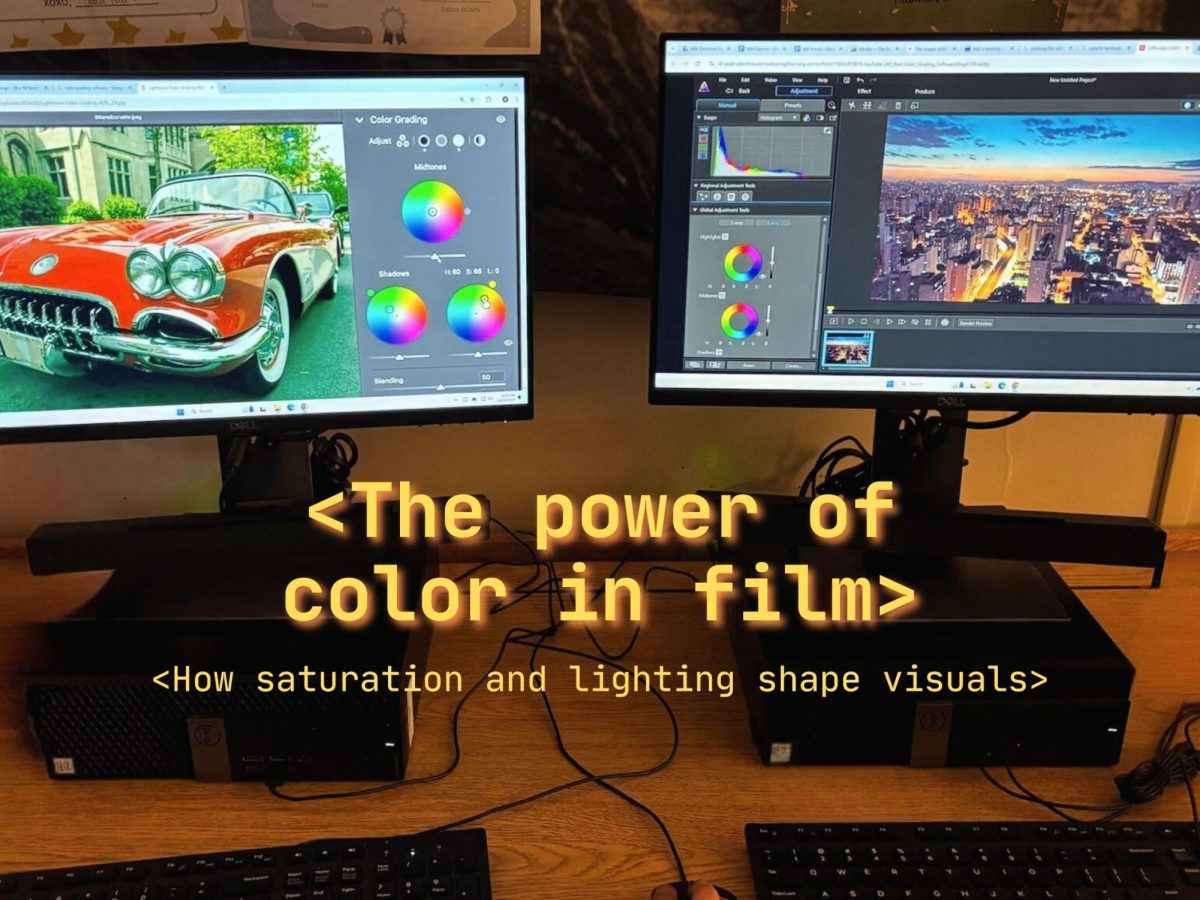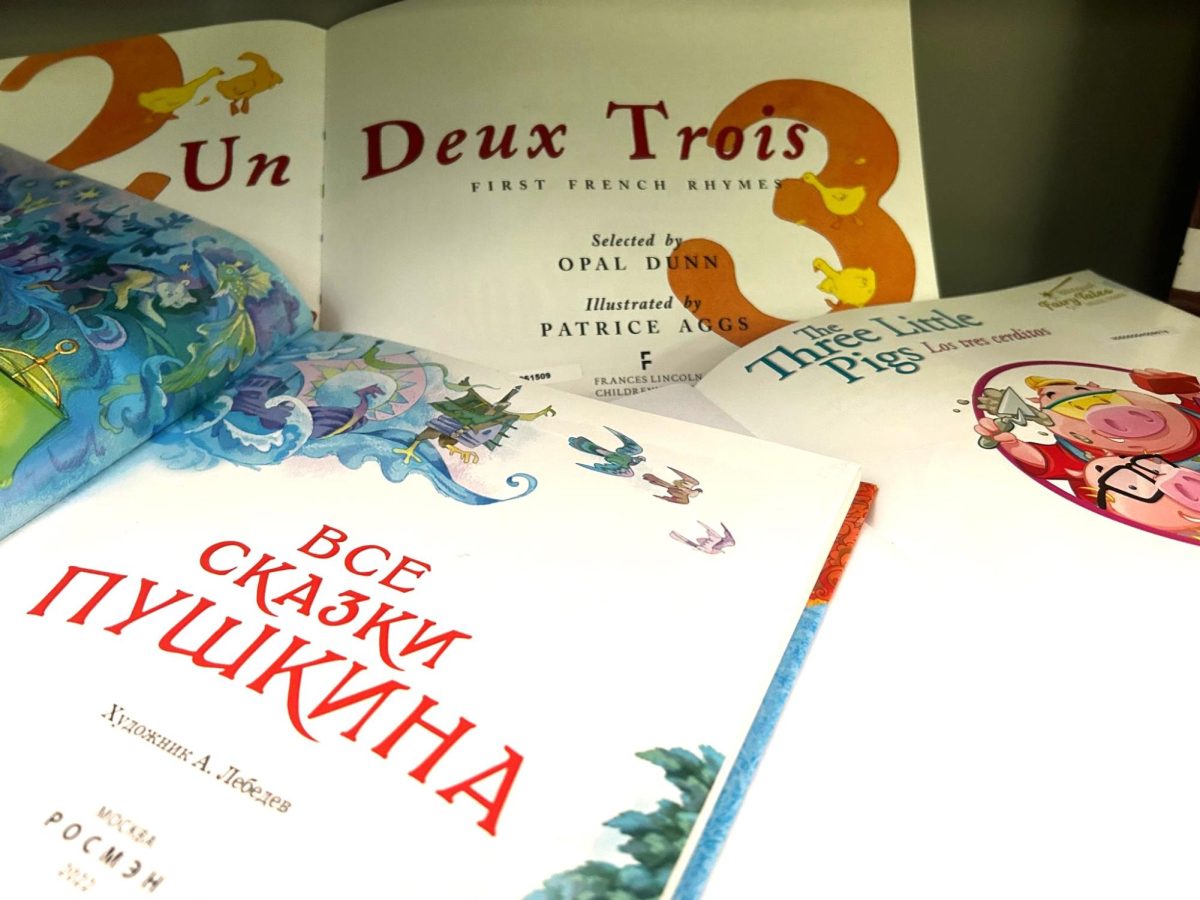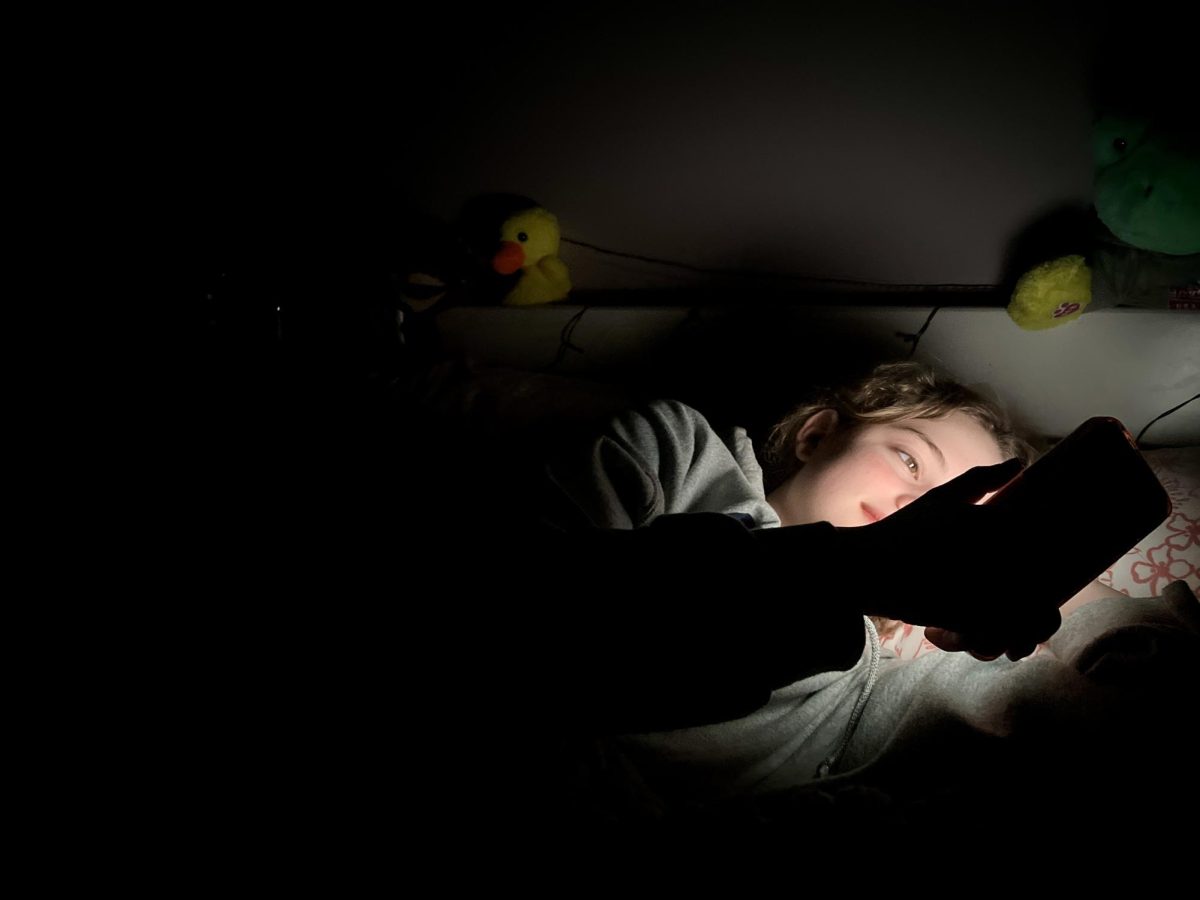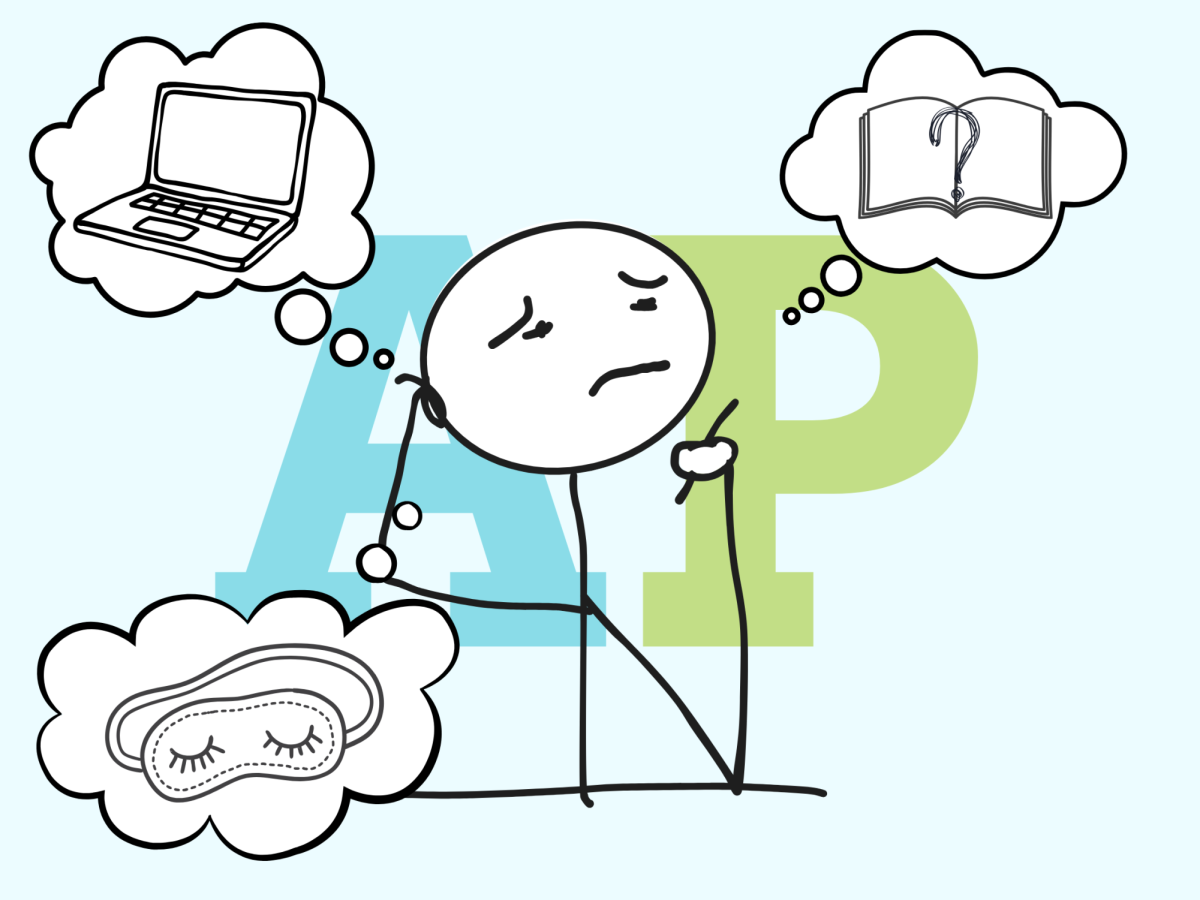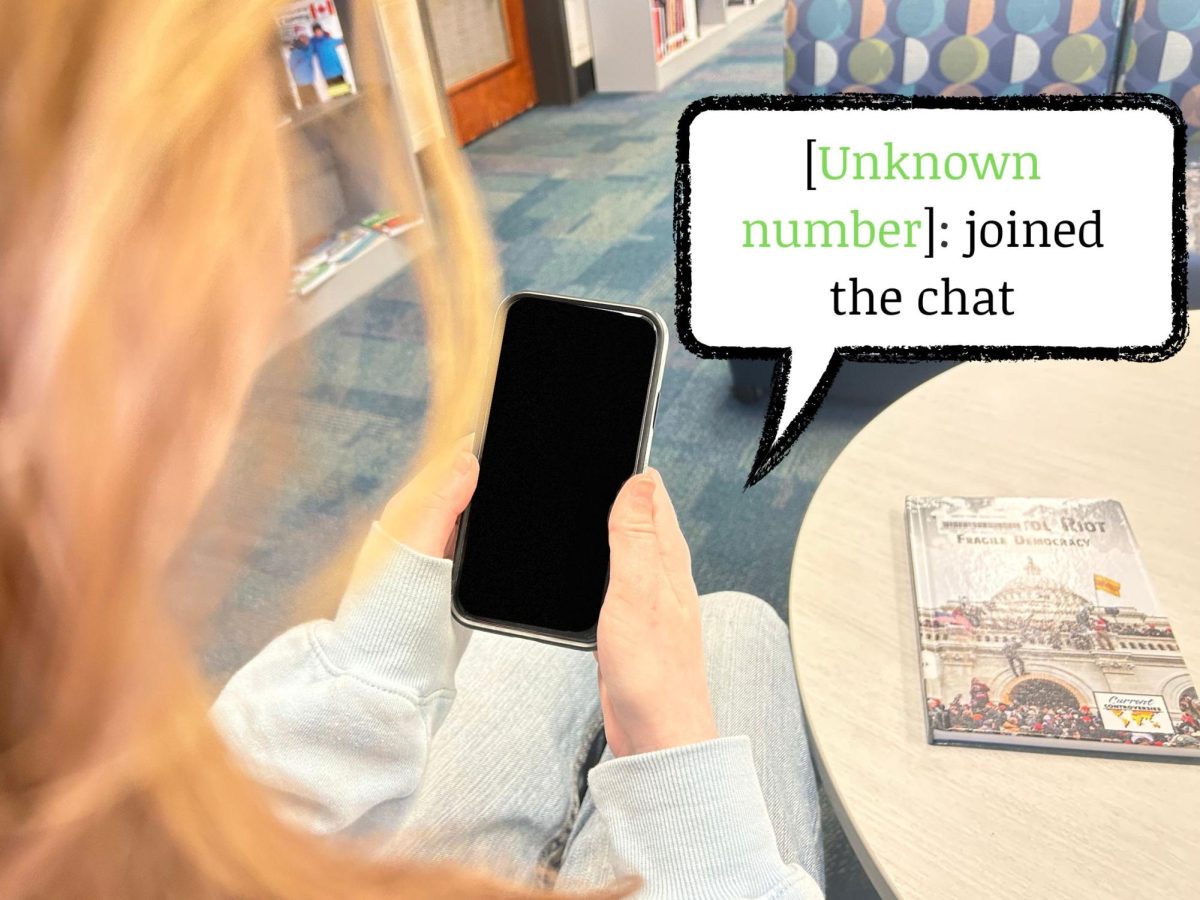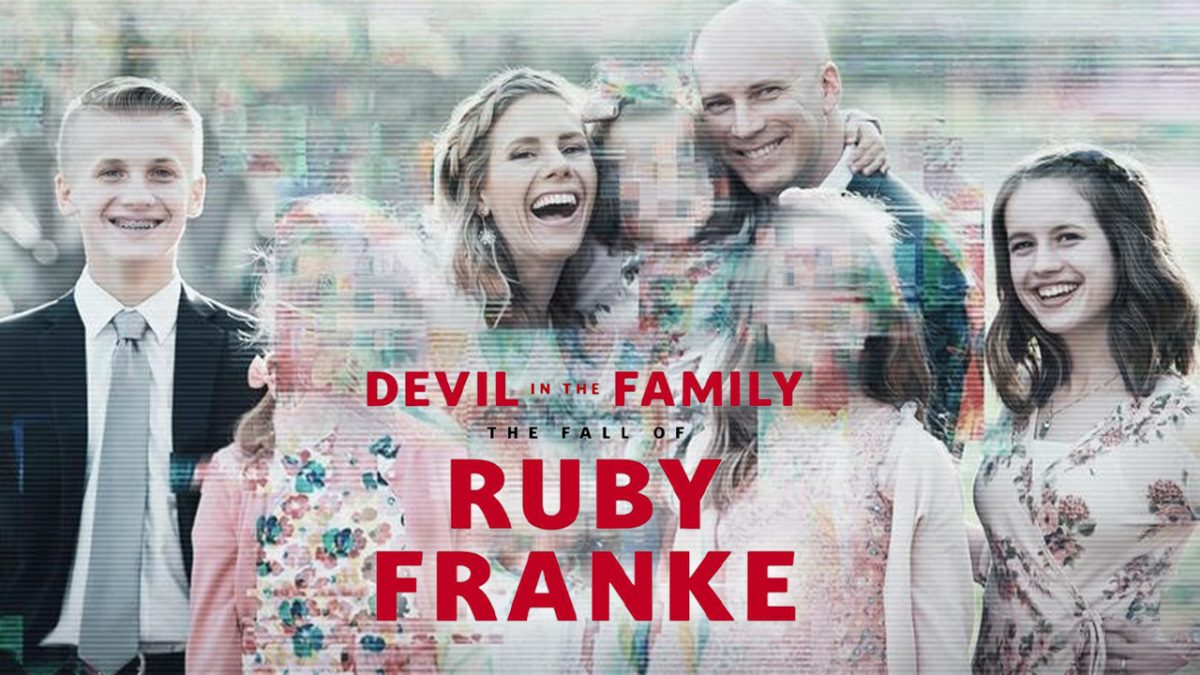The damsel in distress, defined as “a young woman in trouble,” with the “implication that the woman needs to be rescued,” appears numerous times in classic fairytales as a popular archetype. This theme, considered age-old, has appeared in a variety of stories, such as its popularity in ancient Greek mythology and medieval romances. Although found throughout history, this form continues to haunt several narratives.
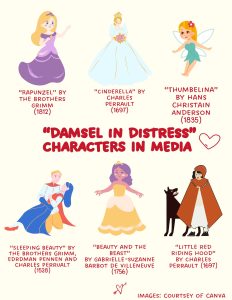
The media of the 17th-century era reflected the reality of the lifestyles experienced by those in that period. During this century, family roles and social classes existed as concrete and inflexible. Women took care of the household, engaging in chores such as cooking, cleaning, tending to their garden and sewing. Societies deemed the act of raising children as the woman’s job, and women in higher economic classes took responsibility for their children’s education. Women possessed little impact or say on what they wanted during the 17th century and the media of that time especially reflected their restriction.
The relation between women’s roles in society and women’s roles in media demonstrates a clear correlation. In the damsel in distress, authors, such as the Grimm brothers, portrayed women as in need of help from a male protagonist. The theme portrays women as inadequate beings who lack the self-sufficiency to save themselves, which may seem offensive. At the end of these stories, female characters received the title of a “reward” or “prize” when narratives would follow this archetype. This title essentially portrays the men and women as non-equal individuals, but rather as property. The role of the male protagonist remains a controversial topic within this archetype; when compared to the woman’s role, who only serves as a reward at the conclusion of the story, as seen in popular Disney movies, such as “Sleeping Beauty”.
Societal changes since the 17th century continue to explicitly impact the population as a whole, but especially women. In America, society progressed to a point of justice when women gained equal rights to education, work and voting. In the same way the damsel in distress archetype correlated to the struggles of real-life women at the time of its peak, so do current trending archetypes of women. These current trends possess direct and tangible evidence of their damaging impacts.
“The most important thing is self-image and self-worth. You can have two ends of the spectrum, either really high self-worth or really low self-worth. When someone has a low self-worth that means they think they’re not enough, they don’t even try to do better or try in life because they can’t find their societal purpose. On the other hand, there are people with high self-esteem, where they think they are better than everyone else. This is also bad because people should still be humble and care about the opinions of others. For example, Cinderella was always put down and berated by her family. [This treatment] led to her low self-worth. This [image of herself] reflected in her choices, as she didn’t even care enough to try on her heel as much as her sisters did. She wasn’t seen as having a purpose until the fairy godmothers came, but in real life, there are no fairy godmothers, so women and people in general need to get a grip on themselves and find their purpose in life while maintaining that medium of self-worth,” author and doctorate in Russian literature, Dr. Ludmilla Sidorova said.
Social media
The ongoing development and popularity of social media leads to a wider variety of opportunities to create and consume content. New archetypes such as the “manic pixie dream girl”, the “tortured artist”, the “starving artist” and a re-emerging character; the “sad girl”, surfaced in the early 2010s. Although these archetypes impact the self-worth of young women, the sad girl archetype seems to show significantly tangible evidence of its correlation to women’s roles in society. The sad girl appears quite similar to the damsel in distress archetype; instead of outside forces locking her away in a castle, the “sad girl” locks herself in her own bedroom, and instead of outside forces causing her to suffer, she remains responsible for her own imprisonment. Her suffering exists mainly in her own mind. This character engages in harmful behaviors due to her own self-depreciation, as she consistently acts sad and heartbroken.
“I talk about the importance of being a strong girl and a strong woman to my daughters. They will ask me questions after certain movies or books like, ‘Why didn’t she fight back?’, or ‘Why didn’t she argue?’ One of the questions my eight-year-old asked me was ‘Why does the girl always ask what are we going to do now?’ They say that in almost every Disney movie, she’ll look at the boy and ask him, and wait for his response. In relation to the sad girl archetype, I think it had something to do with the idea of a girl’s beauty, to be a kind of demure. The way women are portrayed as seen and not heard. So I can see how movies and shows that are reinforcing that could send the message to girls that that’s the way they should be,” American Literature teacher Laura Sunderland said.
The romanticization of this mental suffering remains a common trend online. It seems that as characters live through hardships, their suffering provides them with a certain “edge” that joyous characters do not showcase. Women’s suffering specifically finds itself romanticized in various forms of media. The mental health struggles of women online often encompass their entire personality, rather than exemplifying a flaw or struggle that they can push through to achieve a healthier mindset. For example, Cassie Ainsworth in “Skins,” struggles with her diagnosis of anorexia nervosa and while the show clearly highlights her troubles, the storyline never shows Cassie seeking help or striving toward recovery. The characters of the show even acknowledge her disorder, but they decide to not interfere or offer any help. This lack of a happy ending ultimately leads to her diagnosis becoming one of her defining characteristics.
Showcasing characters with a disorder does not cause inherent harm to audiences, and may provide reassurance, but the danger arises when audiences decide to follow the toxic behaviors exemplified through characters. When audiences with this unhealthy viewpoint gather, they create a toxic and harmful community. For example, during the 2011 to 2014 Tumblr phenomenon, thousands of blog posts showcased and glorified Cassie’s eating disorder, pushing other vulnerable users closer to developing such disorders.
Consequences
The belief that mental health struggles present an interesting edge and beauty to individuals remains dangerous. Media that highlights mental health struggles allows for audiences to see their issues as normalized and not taboo. But not everybody can recognize when romanization reaches an unnecessary peak. Media and literary consumers may believe that living through these narratives of struggling can give their life meaning and only lead people to wallow in and celebrate unhealthy habits and behaviors, possibly pushing them into a downward spiral.
The sad girl archetype peaked in 2014, but debuted in 2011; as this archetype gained traction, the ideology of the “sad girl” morphed into an aesthetic with corresponding media characters who fit the archetype. This aesthetic slowly grew into a subculture associated with music artists such as Lorde, Lana Del Rey, The 1975 and Arctic Monkeys. The spread of destructive behaviors online became a ruinous issue as the sad girl archetype spread from one person to the next.
From Tumblr’s beginnings in 2011, 8.2% of youths aged 12-17 experienced a major depressive episode. In 2014, the percentage of youths aged 12-17 on Tumblr, who experienced a major depressive episode, rose to 11.4%. This rise in depression shows a correlation between the exemplar of the Tumblr social media platform and the mental health of young, impressionable users.
Consumers of this content felt vulnerable within the online restraints of social media, and its lack of physical boundaries. Eventually, the Tumblr community morphed into a world specifically spreading harmful content and information. Users began to spread tips on harmful behaviors such as self-harm, suicide and eating disorders among themselves.
“People began taking the whole sad girl archetype too far. Lana Del Rey built these ethereal worlds in her albums, which I think is a persona, but people heard these albums and took them seriously. Lana was one of the first influences to create these archetypes through music and it still has such an impactful effect in 2024, and as the years have gone on, the negative effects have only gotten worse and worse with apps like Tumblr and the concept of girl blogging on it. People are reading this content every single day and that can be detrimental to your mental health and people do not need this type of content in their life. And it especially feeds into the women who actually have anxiety and depression,” magnet sophomore Skye Pierre said.
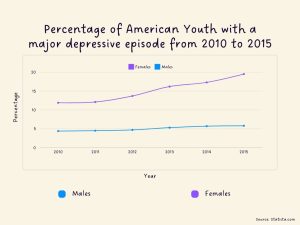
While social media does provide a platform for connection and increase a sense of belonging in adolescents, it can also negatively affect youth. Thousands of studies show the increase of mental disorders, such as anxiety and depression, with the use of social media, and the increase of self-harming disorders such as non-suicidal self-injury, eating disorders, drug use and suicidal ideation caused by social media usage. The archetypes and characters created and spread by social media contribute to the negative consequences within audiences, as they provide an icon of character to admire.
As seen in characters such as Ainsworth from “Skins” or Rue Bennet from “Euphoria,” the glorification of harmful behaviors such as disordered eating or drug use occurs and encourages viewers to also exemplify these behaviors. Though their actions remain harmful, these character archetypes essentially provide a “role model” for young and vulnerable women to follow. If the online culture does not change and if healthier role models do not emerge, the trend of mental health issues among adolescents will continue upwards. The portrayal of female characters in media fails to supply proper, empowering examples for the audience. Since the 17th century, the media has progressed, but there remains room for improvement as consequences remain prominent and archetypes remain unhealthy. By prioritizing nuanced, meaningful storytelling and challenging stereotypes, authors may influence culture positively.
